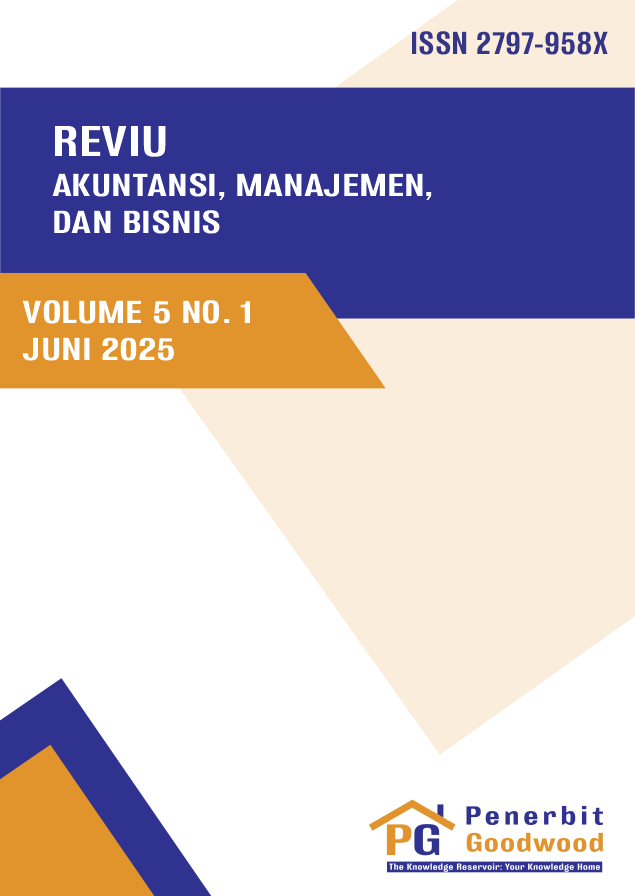Strategi Manajemen ASN Melalui Program Diklat Studi Kasus di Setjen DPD RI
Abstract:
Purpose: Education and training are fundamental pillars in civil servant (ASN) management to ensure professionalism in public services. As a support organization for the constitutional responsibilities of the Regional Representative Council of the Republic of Indonesia (DPD RI), the Secretariat General of the DPD RI needs highly skilled workers to effectively perform its legislative, oversight, and budgeting tasks.
Methodology/approach: This study uses the 9-Box Model to map the potential and actual capabilities of ASN, complemented by explanatory-analytical qualitative methods to analyze the relationship between human resources competencies and organizational needs.
Results/findings: The results of the study show that this approach is able to identify competency gaps and design needs-based training programs, enabling the design of targeted training programs and improving ASN management efficacy and ensuring that ASN management functions are implemented effectively.
Conclusions: Through this description, investment in human capital not only strengthens internal capacity but also becomes a catalyst for improving the quality of accountable and responsive public services.
Limitations: The limitation of this study is that the scope of this study is still too narrow, namely only focusing on ASN in the Secretariat General of the DPD RI, so that the results of this study cannot necessarily be generalized to other government agencies that have different characteristics.
Contribution: The implication of this study is the importance of integration between education, training, and talent management in creating an adaptive, innovative, and sustainable workforce.
Downloads

This work is licensed under a Creative Commons Attribution-ShareAlike 4.0 International License.
Collings, D. G., & Mellahi, K. (2009). Strategic talent management: A review and research
agenda. Human Resource Management Review, 19(4), 304–313.
Dharma, S. (2004). Formasi modal manusia dan strategi inovasi. Usahawan, (9), 28–33.
Kartina, R., & Krustiyati, A. (2023). Kepegawaian dalam pemerintahan di Indonesia. Jakarta
Selatan: Damera Press.
Krissetyanti, E. P. L. (2013). Penerapan strategi manajemen talenta dalam pengembangan PNS.
Jurnal Kebijakan dan Manajemen PNS, 7(2), 56–67.
Laporan Sekretariat Jenderal Dewan Perwakilan Daerah Republik Indonesia. (2024). Laporan
Kinerja Sekretariat Jenderal DPD RI Tahun 2024. Jakarta: Setjen DPD RI.
Martin, A. (2015). Talent management: Preparing a “ready” agile workforce. International
Journal of Pediatrics and Adolescent Medicine, 2(3), 112–117.
Mayo, A. (2000). The role of employee development in the growth of intellectual capital.
Personnel Review, 29(4), 521–533.
Ongkorahardjo, M. D. P. A., Rachmawati, R., & Anggraeni, L. (2008). Analisis pengaruh
human capital terhadap kinerja perusahaan. Jurnal Akuntansi dan Keuangan, 10(1), 1–
Peraturan Dewan Perwakilan Daerah Republik Indonesia Nomor 2 Tahun 2024 tentang Sistem
Pengelolaan Sumber Daya Manusia di Lingkungan Sekretariat Jenderal DPD RI.
Pemerintah Republik Indonesia. (2017). Peraturan Pemerintah Nomor 11 Tahun 2017 tentang
Manajemen Pegawai Negeri Sipil.
Rezeki, I. N. R. F. (2021). Manajemen sumber daya manusia dalam organisasi. Bandung:
Media Sains Indonesia.
Srivastava, A., & Thomson, S. B. (2009). Framework analysis: A qualitative methodology for
applied policy research. Journal of Administration and Governance, 4(2), 72–79.
Wibisono, A. (2019). Memahami metode penelitian kualitatif. Yogyakarta: Pustaka Pelajar.
- Collings, D. G., & Mellahi, K. (2009). Strategic talent management: A review and research
- agenda. Human Resource Management Review, 19(4), 304–313.
- Dharma, S. (2004). Formasi modal manusia dan strategi inovasi. Usahawan, (9), 28–33.
- Kartina, R., & Krustiyati, A. (2023). Kepegawaian dalam pemerintahan di Indonesia. Jakarta
- Selatan: Damera Press.
- Krissetyanti, E. P. L. (2013). Penerapan strategi manajemen talenta dalam pengembangan PNS.
- Jurnal Kebijakan dan Manajemen PNS, 7(2), 56–67.
- Laporan Sekretariat Jenderal Dewan Perwakilan Daerah Republik Indonesia. (2024). Laporan
- Kinerja Sekretariat Jenderal DPD RI Tahun 2024. Jakarta: Setjen DPD RI.
- Martin, A. (2015). Talent management: Preparing a “ready” agile workforce. International
- Journal of Pediatrics and Adolescent Medicine, 2(3), 112–117.
- Mayo, A. (2000). The role of employee development in the growth of intellectual capital.
- Personnel Review, 29(4), 521–533.
- Ongkorahardjo, M. D. P. A., Rachmawati, R., & Anggraeni, L. (2008). Analisis pengaruh
- human capital terhadap kinerja perusahaan. Jurnal Akuntansi dan Keuangan, 10(1), 1–
- 12.
- Peraturan Dewan Perwakilan Daerah Republik Indonesia Nomor 2 Tahun 2024 tentang Sistem
- Pengelolaan Sumber Daya Manusia di Lingkungan Sekretariat Jenderal DPD RI.
- Pemerintah Republik Indonesia. (2017). Peraturan Pemerintah Nomor 11 Tahun 2017 tentang
- Manajemen Pegawai Negeri Sipil.
- Rezeki, I. N. R. F. (2021). Manajemen sumber daya manusia dalam organisasi. Bandung:
- Media Sains Indonesia.
- Srivastava, A., & Thomson, S. B. (2009). Framework analysis: A qualitative methodology for
- applied policy research. Journal of Administration and Governance, 4(2), 72–79.
- Wibisono, A. (2019). Memahami metode penelitian kualitatif. Yogyakarta: Pustaka Pelajar.


